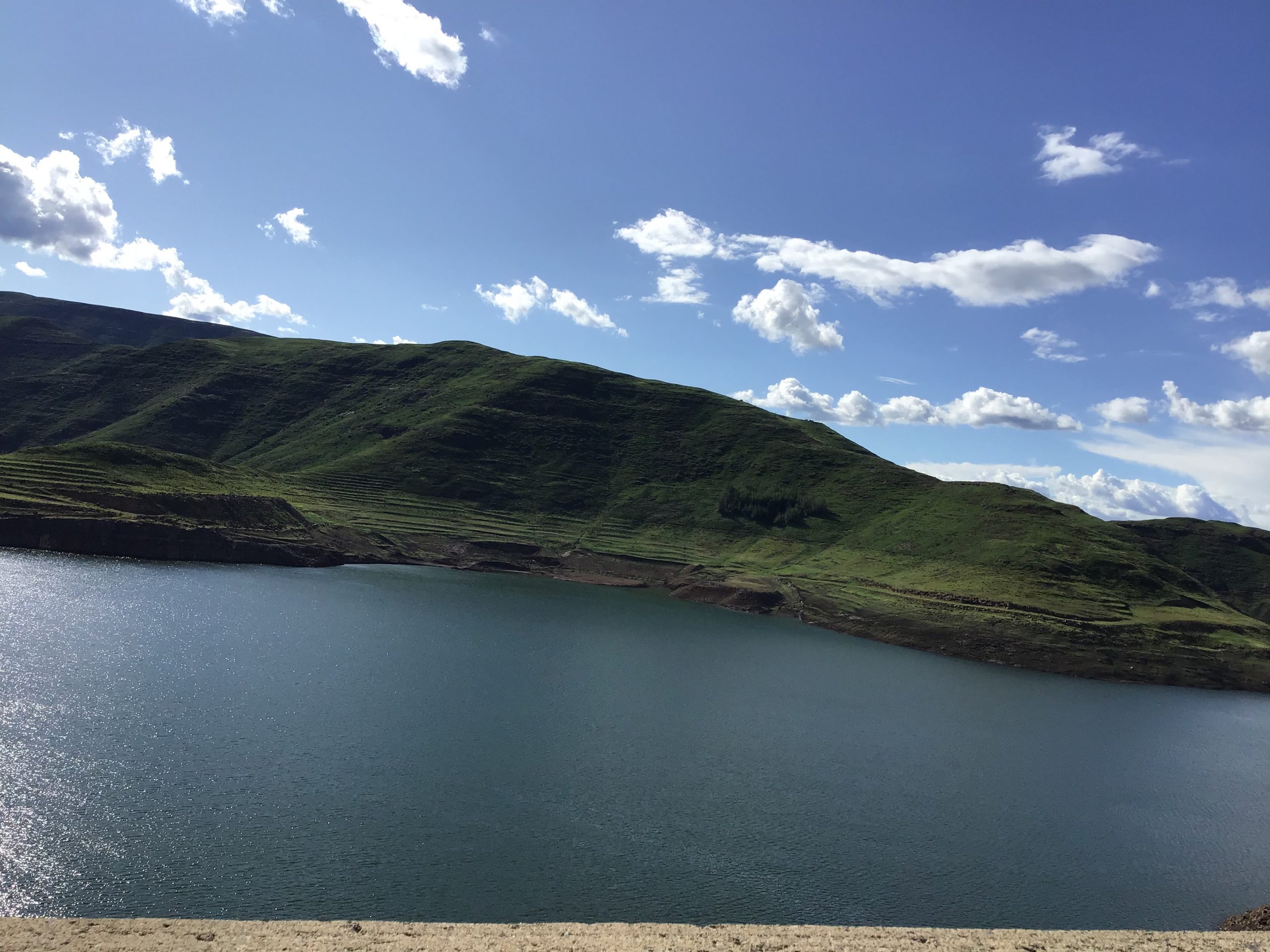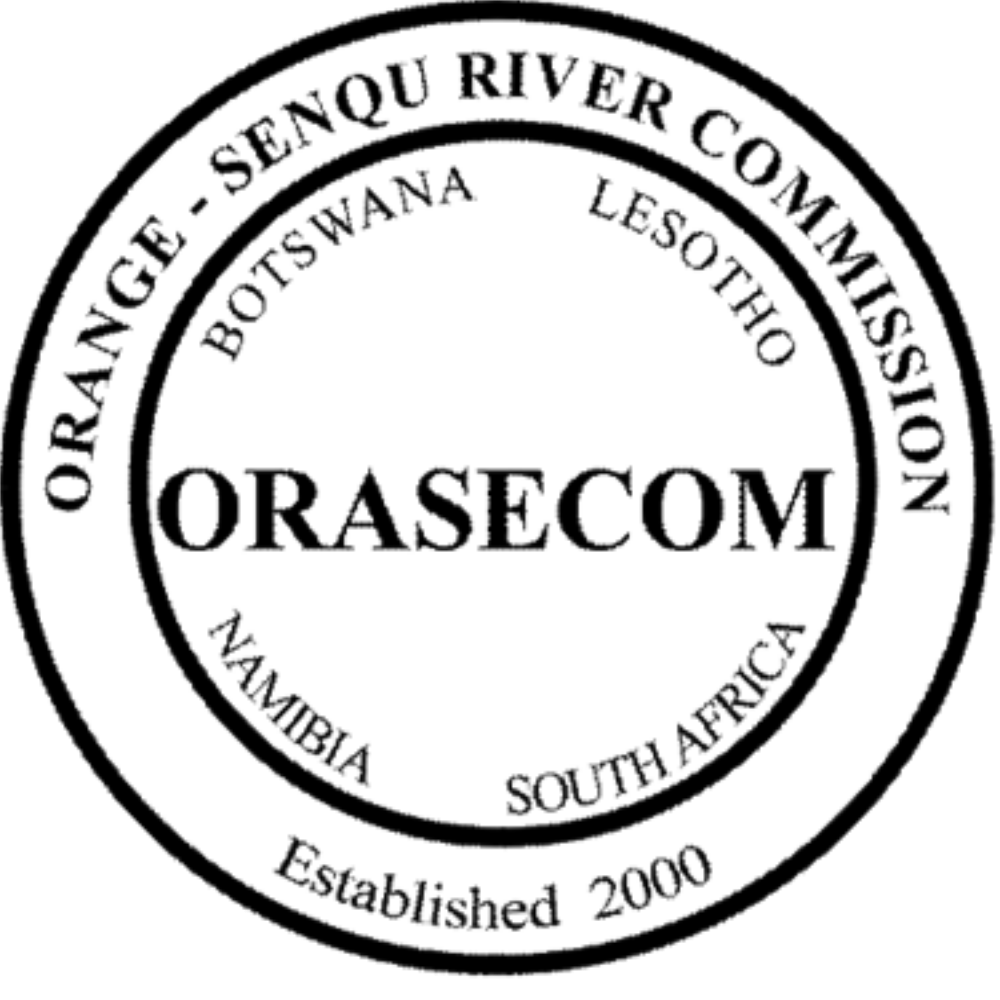SUPPORT TO THE ORANGE-SENQU RIVER STRATEGIC ACTION PROGRAMME
IMPLEMENTATION PROJECT
Lorem ipsum dolor sit amet, consectetuer adipiscing elit. Aenean commodo ligula eget dolor. Aenean massa. Cum sociis natoque penatibus et magnis dis parturient montes, nascetur ridiculus mus. Donec quam felis, ultricies nec, pellentesque eu, pretium quis, sem. Nulla consequat massa quis enim. Donec pede justo, fringilla vel, aliquet nec, vulputate eget, arcu. In enim justo, rhoncus ut, imperdiet a, venenatis vitae, justo. Nullam dictum felis eu pede mollis pretium. Integer tincidunt. Cras dapibus. Vivamus elementum semper nisi. Aenean vulputate eleifend tellus. Aenean leo ligula, porttitor eu, consequat vitae, eleifend ac, enim. Aliquam lorem ante, dapibus in, viverra quis, feugiat a, tellus. Phasellus viverra nulla ut metus varius laoreet. Quisque rutrum. Aenean imperdiet. Etiam ultricies nisi vel augue. Curabitur ullamcorper ultricies nisi. Nam eget dui. Etiam rhoncus. Maecenas tempus, tellus eget condimentum rhoncus, sem quam semper libero, sit amet adipiscing sem neque sed ipsum. Nam quam nunc, blandit vel, luctus pulvinar, hendrerit id, lorem. Maecenas nec odio et ante tincidunt tempus. Donec vitae sapien ut libero venenatis faucibus. Nullam quis ante. Etiam sit amet orci eget eros faucibus tincidunt. Duis leo. Sed fringilla mauris sit amet nibh. Donec sodales sagittis magna. Sed consequat, leo eget bibendum sodales, augue velit cursus nunc,
SUPPORT TO THE ORANGE-SENQU RIVER STRATEGIC ACTION PROGRAMME
IMPLEMENTATION PROJECT
ORASECOM, with support from UNDP, secured further financial support from the Global Environmental Facility (GEF) to implement selected priority activities of the Strategic Action Programme (SAP). The UNDP-GEF project titled, Support to the Orange-Senqu River Strategic Action Programme Implementation, will be implemented by UNDP and executed by ORASECOM in the next 5 years to support ORASECOM and its member states to implement SAP. The Investment from GEF is USD 10,815,137.
The project has been built on the Transboundary Diagnostic Analysis (TDA) which carried out the necessary causal chain analyses in order to identify the transboundary threats to the sustainable development and management of the water resources of the Orange-Senqu Basin. Having identified and understood the threats and their causes, it was possible to identify the barriers which are preventing the removal of these threats, so that sustainable development/management of the basin’s water and related resources can proceed.
The SAP has then, through a stakeholder-driven process across all four countries, with discussions at the national and regional levels, drawn up an action plan aimed at removing these barriers, thus ensuring that the required changes can happen.
FIVE BARRIERS IDENTIFIED
Barrier 1: Limited basin-wide understanding of available resources
To manage and develop the resources in the basin, it is important to have a clear understanding of what is available, how this changes over time and what factors are important in maintaining a healthy system.
Barrier 2: Limited potential for additional yields of water in the system
The margin between water demand and water available is small. Using water more efficiently and effectively, especially in the irrigation sector, and exploring alternative sources, will make more water available. This can also will help make provision for environmental flow requirements and to address water quality issues, both of which will improve the health of aquatic ecosystems.
Barrier 3: Deteriorated quality of water resources. Declining water quality is perceived as one of the biggest threats to the basin’s water resources. Acid mine drainage, inadequate sewage treatment and irrigation return flows are three areas that require continued intervention. Although many water quality issues are localised, they are common to all four basin states. Improved understanding of the sources, types and extent of water quality issues is required, and basin-wide water quality guidelines need to be provided. Improving water quality will make more water available and enhance the overall health of the system.
Barrier 4: Adverse effects of a changed hydrological regime. Decreased water in the system and the reduced size and frequency and timing of floods in the river system have had a negative effect on the functioning of the basin’s riparian and estuarine ecosystems. The estuary (a Ramsar site) has also been affected by various developments and activities in the immediate vicinity. Several environmental flow requirements studies have been carried out in different areas of the basin, each with valid yet not necessarily integrated recommendations.
Barrier 5: Environmental degradation and unsustainable land use. Environmental degradation and unsustainable land use: Land degradation affects people’s livelihoods, as well as the dynamics and quality of water in the basin. The effects of degradation on rangelands at the headwaters of the Orange–Senqu are of concern, as is degradation around pans in southern Botswana and invasion of the riparian zone by invasive alien plants. Addressing these areas of degradation will make the land more productive as well as improve water quality, hydrological functioning and water yields.
While the Strategic Action Programme (SAP) and State Parties’ Action Plans (NAP) were drawn up through a consultative process to address the priority problem areas identified by the TDA, the specific actions and activities that form the ToR of the proposed project have been formulated with the removal of barriers in mind. This is evident in the basin wide objectives and targets that the countries have collectively set, and which provide the framework for the project.
PROJECT COMPONENTS AND OUTPUTS
Component 1 Outcomes
The objective of Component 1 is to contribute to the enhanced transboundary basin planning and joint management of the basin. Realisation of this objective will especially contribute to the removal of Barrier 1, the limited basin-wide understanding of the available resources but also to removal of the other 4 barriers because of improved management. There are several targeted outcomes for Component 1.
Outcome 1.1: ORASECOM’s capacity to develop innovative financing schemes strengthened.
Outcome 1.2: ORASECOM’s joint basin planning capacity strengthened through improved data and information management and basin management support systems.
Outcome 1.3: SAP and country-specific Action Plans revised and updated for next 5-year cycle.
Outcome 1.4: Transboundary Environmental and Social Assessment Guidelines endorsed by Basin States.
Outcome 1.5: ORASECOM’s capacity on communication, knowledge management, south-south cooperation enhanced.
Component 2 Outcomes
The outcomes of Component 2 are mainly aimed at addressing Barrier 3, the deteriorated quality of water resources. Focus is on industrial pollution and groundwater resources but the importance of water quality monitoring is given emphasis. The component also address Barrier 2, the limited potential for additional yields in the system by looking at how groundwater resource can be better used and protected.
Outcome 2.1: Basin-wide water resources quality monitoring system established
Mohokare Catchment reduced and improved industry standards implemented.
Outcome 2.3: Quantity and quality of groundwater resources determined, and low-cost groundwater desalination plants piloted in Botswana.
Component 3 Outcomes
Component 3 focuses on Addressing Changes to the Hydrological Regime through the application of the “Source-to-Sea concept”. This will contribute in a critical way to the removal of Barrier 4, the adverse effects of a changed hydrological regime. As indicated above, the hydrological regime has been highly altered.
Key areas will include agreement on environmental flows and their implementation and the implementation of measures to sustainably rehabilitate the Orange-Senqu River Mouth.
Outcome 3.1: Basin-wide environmental Flows regime agreed, and implementation supported.
Outcome 3.2: Critical ecosystem of the Orange-Senqu River Mouth rehabilitated and sustainably managed.
Component 4 Outcomes
Component 4 is concerned with improved land productivity and improved living conditions through community-based sustainable land management. The focus area under this project will be on the control of invasive species in pilot areas on the Fish River in Namibia and the lower Orange in both Namibia and South Africa.
OUTCOME 4.1: Invasive species controlled through integrated management in pilot areas in the Orange–Fish River basin and livelihood options based on invasive species control developed.
Output 4.1.1: Distribution and abundance of invasive species in the basin determined and mapped
Output 4.1.2: Prosopis in pilot areas cleared
The work required to realise this output will be planned and designed together with Output 4.1.3.
Output 4.1.3: Economic opportunities based on alien clearing created

Project 2
I am text block. Click edit button to change this text. Lorem ipsum dolor sit amet, consectetur adipiscing elit. Ut elit tellus, luctus nec ullamcorper mattis, pulvinar dapibus leo.

